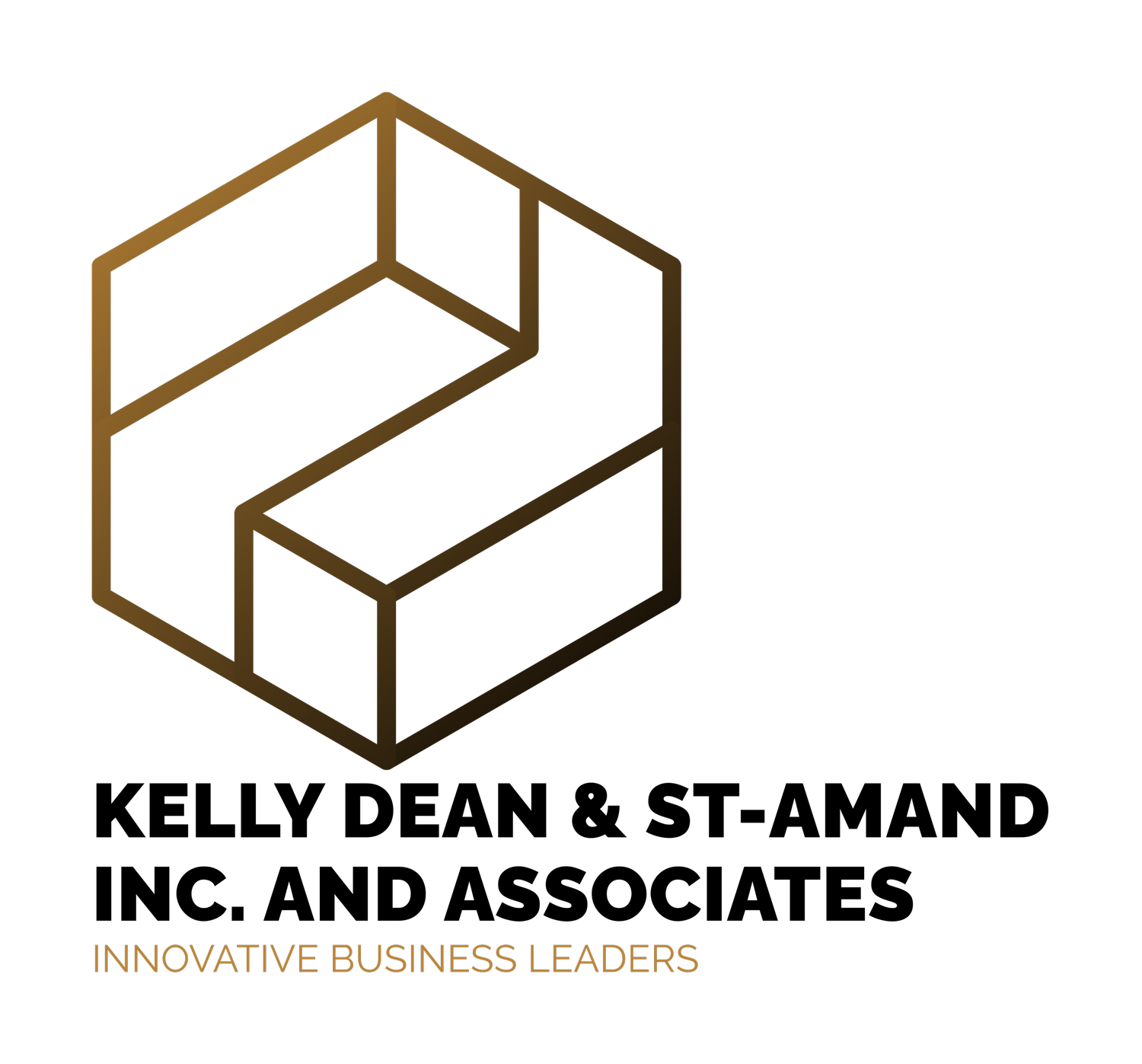Three Pillars of Change
Change is inevitable and must be managed not only in the corporate or business environment but also must be managed from within your own personal mindset. If you are not managing change, you are likely stagnant or stale and on a downward trend in either your career or your business is facing many challenges and is failing to adapt or innovate. This a result of individuals and businesses operating with a fixed mindset; and perhaps have become complacent of their own success. The mentality is “if it’s not broken why fix it”.
When we discuss change, we can discuss change in terms of change management or innovation from a project perspective, from a broader organizational perspective or from a personal growth mindset. All 3 are related; difficult to grow a business without a personal growth mindset, different to implement a project that will introduce change to the business without the organization supporting the change and difficult to change if the organization or leader does not have a vision for why the change is needed and how it can be achieved.
There are two ways to look at change and innovation. First, the top-down traditional approach. The organization has a vision and mission to change through identification of its strategic plan and annual business objectives. Success involves implementing organizational change management at all levels of the organization to ensure the targets are met and the anticipated value or benefits of the change are realized.
The next step in this model is to implement change management and follow project management disciplines in both projects and operations that align with the overall business plan and goals. At the individual level employees and team members must embrace the change, be coached, mentored, and fully understand the need for change; and how it must be integrated into the project. Leadership coaching from a personal growth mindset versus a fixed mindset is a must. This approach is centralized with directives flowing downward from senior leadership throughout all levels of the organization.
A second model is a bottom-up approach where business units or functional units are given the freedom and can mobilize resources to be creative and innovative; in accordance the company’s broad vision and strategy. This can be analogous to a lean start up approach. It starts with the premise that the company must change because of either external changes impacting the organization: e.g., the regulatory, competitive, political, or economic; or internal changes required to grow, scale, innovate or become profitable. Responding to supply chain challenges during Covid is a good example of both external and internal challenges. Change in this model is usually driven by ideation, prototyping new products and services with existing or new customers and scaling as these new products or services are proven to be marketable. Organizational support for change is driven by successful deployment of new products or services and / or innovations to existing products and services. Success can also be driven by internal business needs that are met by new changes, in terms of improved efficiency, performance, productivity and profitability.
In either model, change initiatives along with program or project initiatives must be monitored by the organization to ensure the benefits of the change are being realized. Think of a 3-legged stool where the 3 pillars are leadership, program or project management and change management; and all the benefits lay on top or the stool. Any failure in any of the pillars will result in lost benefits as they slide off the top of the stool. Most likely those benefits are lost and never realized, and your ROI is lower than you thought when the project was approved. All too often we see projects completed with only 50-70 % of the benefits realized; and everyone is left scratching their heads why; lessons learned sessions are being held to ensure this does not happen again, the project is closed and weeks or months later the same thing happens on another project, and once again benefits are not realized. Rarely do leaders point fingers at themselves, project managers blame management for lack of funding and resources; and not project management discipline; and rarely does change management in an organization have an equal leg on the stool.
Thus, it is a must that Leadership supports strong Project Management and Change Management disciplines and matures these disciplines over time. Leadership must also be engaged in the project or program, assessing risk, removing roadblocks, and optimizing resources as needed. Within the disciplines of Project Management and Change Management, team members must be diligent in managing the project, follow necessary processes and policies, and identify and manage stakeholder resistance and buy in.
If you would like to know about how KDSI can assist your organization in managing the three pillars of change, Leadership, Project Management and Change Management; please contact us at (403) 690-1184 or email kelly.dean@kdsi.ca.

